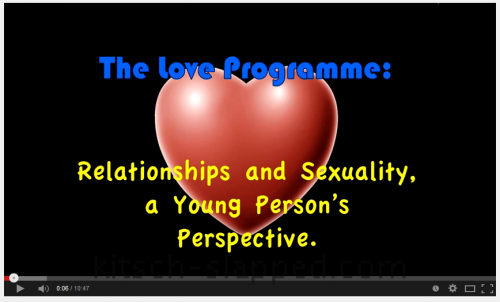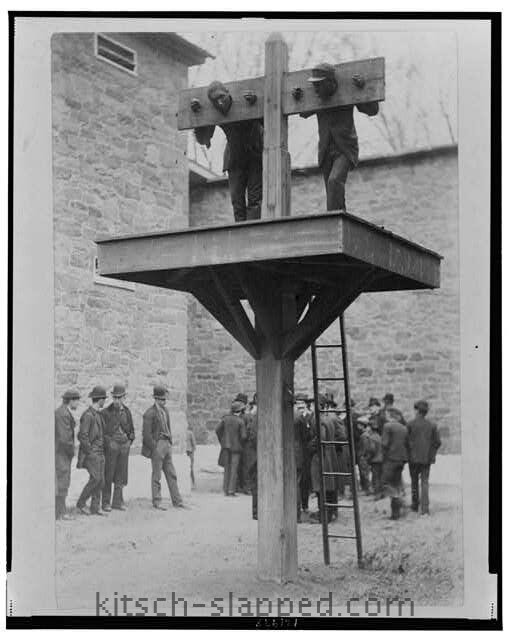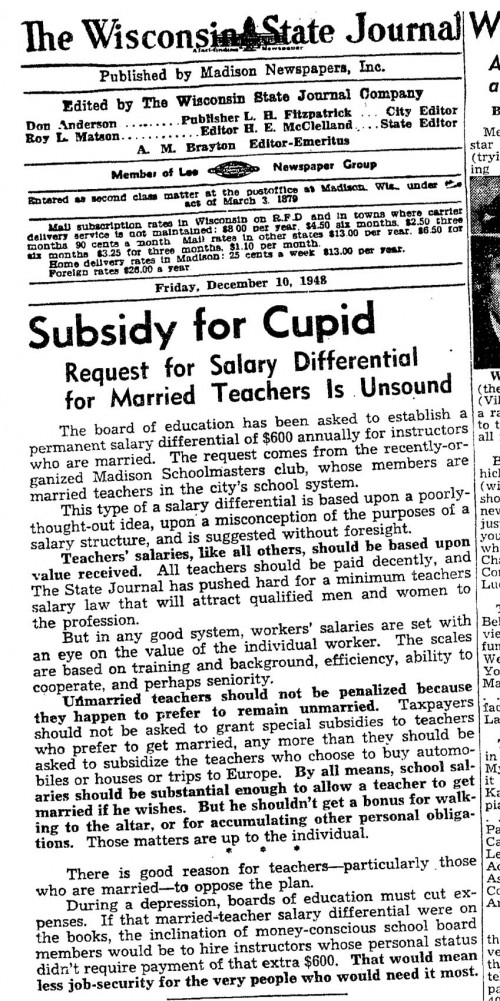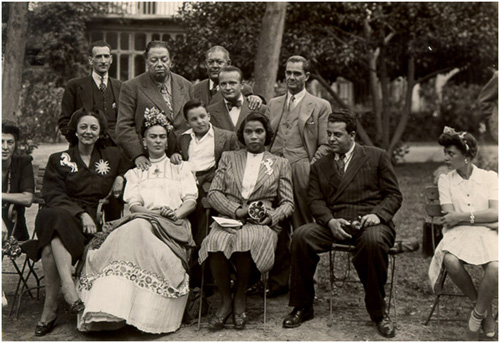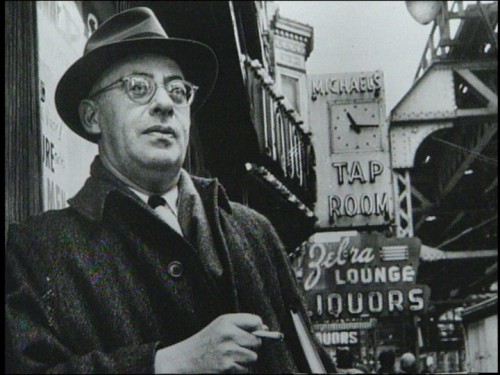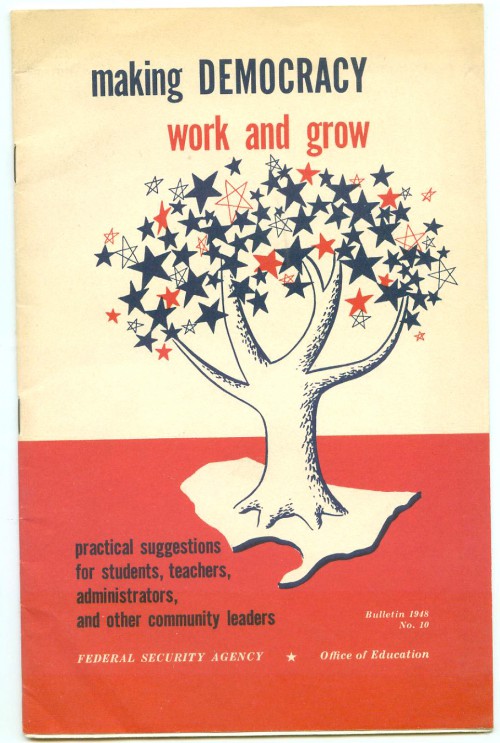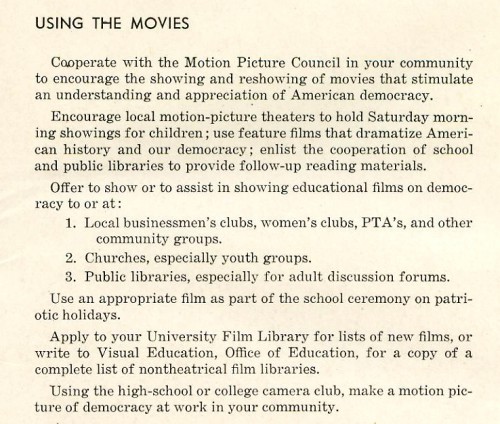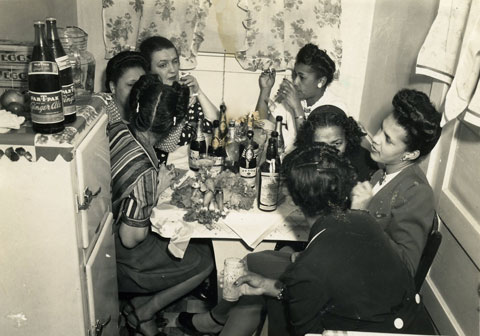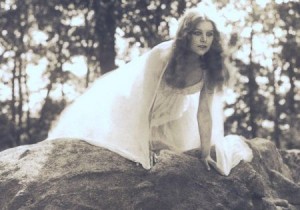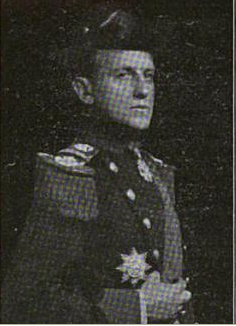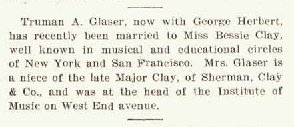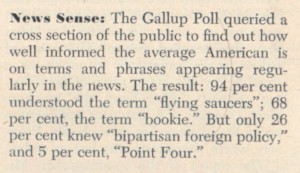As a parent, I’ve long been upset with the sad state of sex education in this country. As a parent of a (now adult) child with special needs, I’m even more upset. Children and even adults with special needs, especially those with disabilities which are not physical or so easily seen, receive even less sex ed than their mainstream counterparts. And this lack of knowledge apparently extends to the professionals and staff which work with those who have disabilities.
This has been made quite clear to me over the past few years in staff meetings for my daughter — especially when I have broached the subject of getting my now 25 year old daughter a vibrator or other sex toy. I don’t find it odd or irresponsible to teach young adults, especially young women how to please themselves; like former Surgeon General Joycelyn Elders, I believe a lot of good can come from masturbation (pun kind of intended?). Or at least a lot of bad, including bad relationships, can be avoided if a person knows how to thrill and please themselves. But while I have often been reminded by the professionals in my daughter’s life that “those with disabilities have the right to fail”, few, if any, have any comprehension that part of a full life is the right to a sexual life — and a pleasing one at that.
This was why I was so astonished and delighted to find this series of videos produced by KIDS, a charity which works with disabled children, young people and their families. While broken-up into three parts, the videos are from The Love Programme – Relationships and Sexuality, a Young Person’s Perspective, a film mad by and for young adults with disabilities. These young adults discuss good and bad relationships, personal space, forms of birth control (including which ones prevent sexually transmitted infections and diseases — and which do not), how to buy and use a condom — and part three even has a section for parents, with links to resources, and an amazing glossary (which even includes the word “consent”!).
Watch and be amazed.
[Be prepared to turn up the volume after the intro song (Let’s Talk About Sex, of course); the voices are a bit quiet.]
But, of course, the KIDS organization is in the UK.
Meanwhile, we in the US still fight over whether or not there should even be any sex education for “regular kids”. Never mind that if there’s one expectation in the “family values” culture, it is to produce a family. So shouldn’t one know just how that happens?
For the sane among us, we also know that there’s more to sex than pregnancy. There are health matters to contend with, such as STIs and STDs. And there are relationship issues as well. Which is why I so applaud the KIDS videos. The icing on top is the frank and accepting matter of sexual orientations as well.
Recommended Reading
Sex education: young people with learning disabilities are being left out:
“Learning about sex and relationships equips young people not only with the skills to say yes, but to say no, too,” [Gill] Leno says. “Understanding emotions, boundaries and how to stay safe are vital for people with learning disabilities. A good, well-rounded awareness of sex and relationships is important as it helps to protect against abuse and exploitation as well as providing a solid framework for appropriate behaviour, both sexually and socially.”
Sex Education for Physically, Emotionally, and Mentally Challenged Youth:
Myth 1: People with disabilities are not sexual. All people—including young people—are sexual beings, regardless of whether or not they live with physical, mental, or emotional disabilities. And, all people need affection, love and intimacy, acceptance, and companionship.
…Start talking with your children about sexuality while they are very young. Do not wait until they reach puberty (or later) for these conversations!
Additional resources on Sex & Disability at the Sexual Health & Disability Alliance (SHADA).
